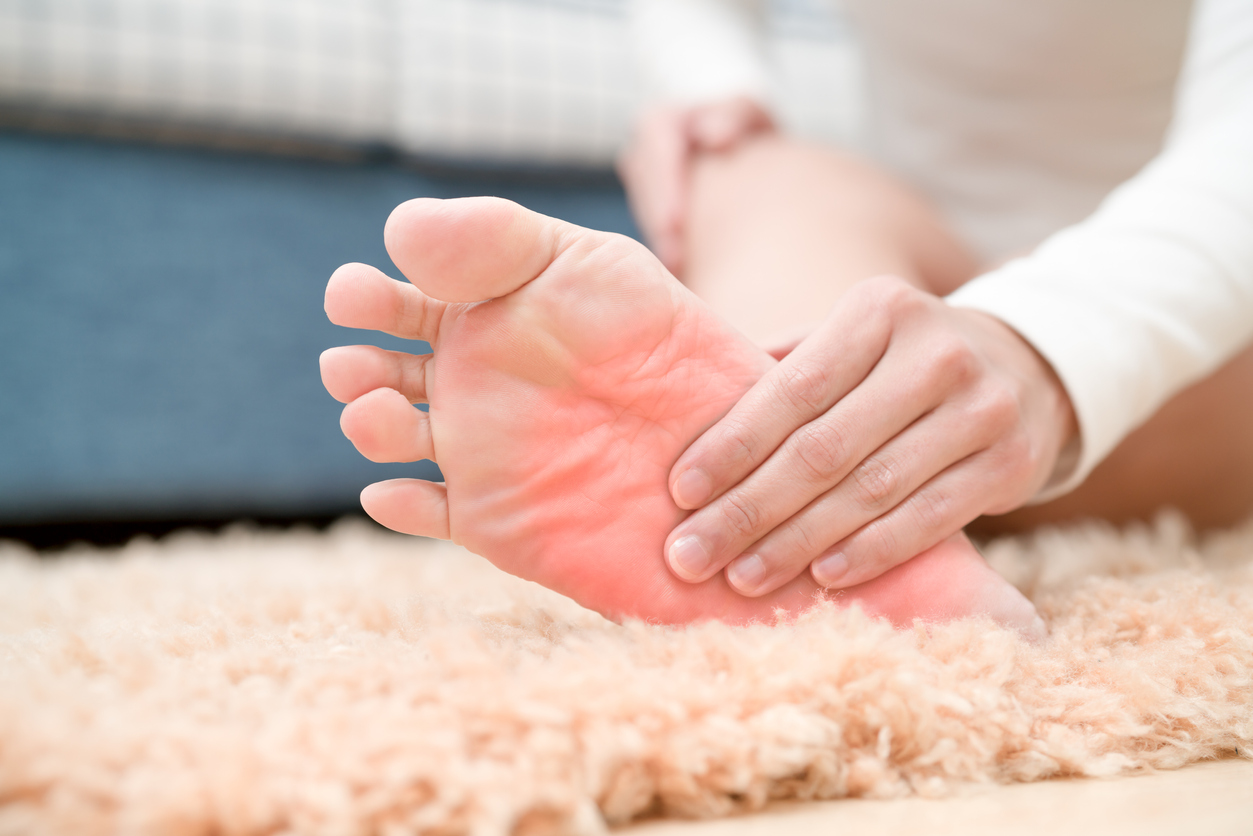As we grow older, so do our bodies. When we’re younger, our joints and tendons are fresh with not much wear and tear on them, but for those who live a particularly active and strenuous lifestyle, the toll can become evident as we grow older and present itself in the form of arthritis.
Osteoarthritis is the most common form as it is caused by the wear and tear of our cartilage as it breaks down and wears away. The cartilage provides a protective barrier, and when that’s gone, it causes bones to rub on bones when they are in use, causing pain and stiffness that increases over time.
You may have osteoarthritis if you exhibit the following symptoms:
Pain in the joint when moving
Tenderness in the area
Swelling, redness, and warmth
Increased symptoms in the morning or after prolonged rest
Difficulty walking
If your doctor suspects that you have arthritis, they may send you for an x-ray, which will show a narrowed space between the bones indicating the loss of cartilage, bone spurs which can be created by bones rubbing together, or even fractures. The x-ray will be taken while you are standing to fully understand how severe the arthritis is.
Unfortunately, there is no cure for arthritis, but a number of treatments to reduce discomfort are available.
The most important one is changing your lifestyle in order to prevent further damage to the area. If your job involves a lot of standing or walking, you may be asked to quit or change to a job that does not require as much strenuous activity. Hobbies like jogging and sports may also have to be decreased or switched to something low-impact such as biking or swimming. If you are obese, you may be advised to lose weight to lessen the pressure on your feet.
Physical therapy is another option that can be used along with lifestyle modifications. Exercises done in physical therapy can help with the range of motion in the foot and strengthen muscles. Be careful with this one though. Physical therapy is not for everyone with arthritis and can sometimes cause increased pain or inflammation.
Medication is often the most popular route that most people who suffer from arthritis go for, although those who are allergic to certain medications or have other health conditions may be steered clear from this option. For those who can have medication as a treatment option, nonsteroidal anti-inflammatory drugs such as ibuprofen can help with the swelling and pain.
Medications are the final non-surgical treatment. Nonsteroidal anti-inflammatory drugs (NSAIDs), such as ibuprofen and naproxen, can help reduce swelling and relieve pain. In addition, cortisone is a very effective anti-inflammatory agent that can be injected into an arthritic joint. Although an injection of cortisone can provide pain relief and reduce inflammation, the effects are temporary.


Comments